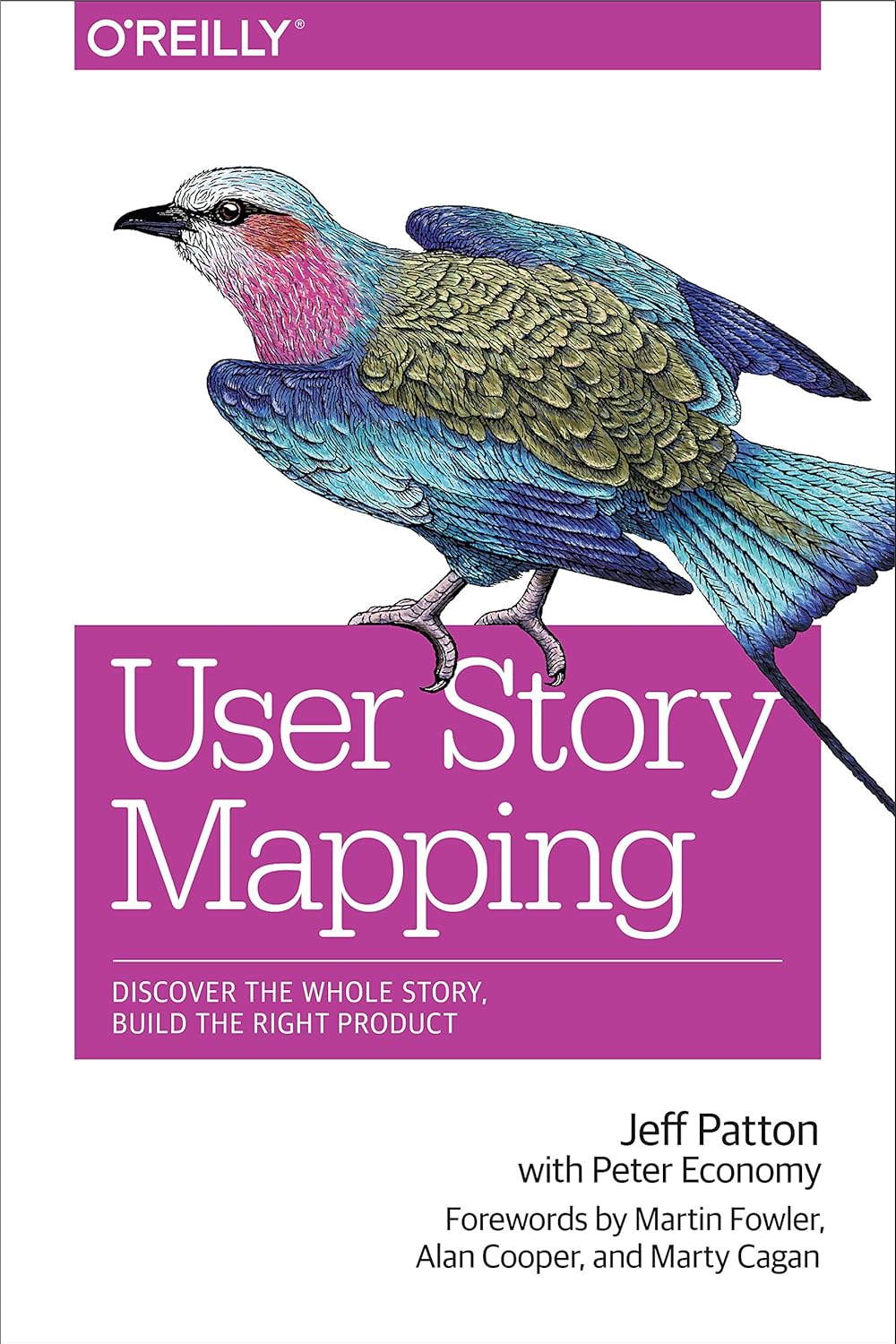In today's fast-paced world, efficiently setting and tracking goals can be the key to success. Dr. Gail Matthews of the Dominican University of California found that people who track their goals in writing are much more likely to achieve them than those who keep them
Task backlog: How to manage and prioritize effectively
At the heart of every successful Agile project beats... not the brain of a genius developer, but a properly structured task backlog. This isn't just a to-do list, but a living, breathing document that defines your team's path to success. But how do you transform a chaotic list of wishes into a powerful productivity tool? Let's find out.
Key takeaways
The backlog is a dynamic planning and adaptation tool that defines team focus
Effective task prioritization helps maximize product value with minimal effort
Regular refinement, team participation, and cleaning outdated items make the backlog productive
Introduction
Imagine a treasure vault containing all the ideas, features, bug fixes, and improvements that your product or project might ever need.

That's a task backlog. In the Agile context, it's a dynamic, constantly evolving list of everything the team needs to do. It serves as a single source of truth for all project participants, ensuring transparency and understanding of priorities. Each item in the backlog isn't just a task—it's potential value you want to deliver to your users.
Why it metters?
Without a clearly structured task backlog, a project quickly risks drowning in chaos. It's necessary because it:
- Defines direction: It shows where the project is heading and what goals the team faces.
- Ensures focus: The team knows what to concentrate on right now and what to expect in the future.
- Increases transparency: Everyone sees what's happening, what's in progress, and what's waiting in line. This is key to effective software development teamwork.
- Flexibility for changes: In the Agile world, everything changes. The backlog allows quick adaptation, rearranging priorities as new information arrives or market requirements change.
- Foundation for planning: It serves as the starting point for planning sprints or iterations.
Backlog management
Effective backlog management is an art form. It's an ongoing process, not a one-time action.
- Single owner: The backlog should have one responsible person, usually the Product Owner. They're responsible for its content, priorities, and clarity. This helps avoid duplication and contradictions.
- Living document: The backlog isn't static. It should constantly be updated, filled with new ideas, and cleaned of outdated items. Regular refinement meetings (backlog grooming or backlog refinement) are critically important.
- Clarity: Each backlog item should be clearly formulated. Use simple, unambiguous descriptions so the entire team understands the task essence. Avoid jargon.
- Top-down detail: Items at the top of the backlog (high priority) should be maximally detailed and ready for development. The further down the list, the fewer details needed, since plans may change.
Prioritization
This is where the real magic begins! Proper task prioritization is the key to project success and team happiness. It's not just "what's more important," but "what will bring the greatest value now with the least effort."
- Business/user value: The most important criterion. What will bring the greatest benefit? What will solve the user's most acute pain? What will help achieve company strategic goals?
- Urgency: Are there deadlines or external factors requiring immediate attention? For example, critical bugs or regulatory requirements.
- Implementation costs (size/complexity): Estimate how much effort the task requires. Sometimes it's worth taking several small but valuable tasks instead of one huge one. Use story points or T-shirt sizing for this.
- Risks: What risks are associated with the task? Could it affect other system parts? What technical complexities exist? High-risk tasks are sometimes worth doing earlier to identify problems faster.
- Dependencies: Which tasks depend on completing the current one? Sometimes a lower-priority task becomes high-priority because more important work can't start without it.
There are many prioritization techniques that help structure this process:
- MoSCoW (Must-have, Should-have, Could-have, Won't-have): Classic method for categorizing requirements.
- Value vs. Effort: Allows visualizing tasks on a matrix and choosing those that give maximum value with minimum effort.
- Kano Model: Focuses on customer satisfaction, dividing features into basic, expected, attractive, and indifferent.
- WSJF (Weighted Shortest Job First): Agile-based method that helps prioritize tasks bringing the greatest economic benefit in the shortest time.
Optimization and refinement
The product backlog needs constant care. Regular "grooming" or "refinement" sessions are meetings where the team, together with the Product Owner, discusses and improves backlog items. In such meetings:
- Detailing: Items at the top of the backlog are clarified, broken into smaller tasks if necessary, and estimated.
- Estimation: The team estimates task effort, helping the Product Owner prioritize more accurately.
- Removing outdated items: Outdated or irrelevant tasks are removed from the backlog to prevent infinite growth.
- Priority reassessment: Discussion of whether priorities have changed since the last refinement.
Such meetings should be regular but not too long, so they don't take too much time from the team. This is a process, not a one-time activity, that makes project management more flexible and efficient.
Common mistakes
Even knowing best practices, there are pitfalls:
- Bloated backlog: When the backlog becomes too large, it loses its value. Clean it regularly.
- Lack of priorities: If all tasks are "important," then none of them are. Strict prioritization is mandatory.
- Ignoring the team: If the team doesn't participate in task refinement and estimation, they won't feel responsibility and understanding.
- Low-quality items: Unclear or overly large tasks only slow down work.
- Lack of flexibility: If the backlog is perceived as a "stone" plan, you lose all Agile advantages.
Interesting fact 
The first public Scrum implementation was in 1993 at Easel Corporation: Jeff Sutherland and his team first applied iterative task management and backlog, including daily standups and weekly grooming.
Related articles:
For understanding strategic planning, see Project roadmap: Planning and managing your project.
To learn about the waterfall management method, read Waterfall project management: A step-by-step guide.
Help teams adapt faster to change with Agile manifesto: Core values and principles explained.
Conclusion
Effective backlog management and smart task prioritization aren't just theoretical concepts—they're powerful tools that transform the development process. They allow your team to stay focused, quickly adapt to changes, and constantly deliver value. Invest time in mastering these practices, and your task backlog will become a true engine of progress that leads your project to success.
Recommended reading 

“User Story Mapping: Discover the Whole Story, Build the Right Product”
A practical guide to organizing product backlogs through visual mapping of user needs and value.
On Amazon
“Inspired: How to Create Tech Products Customers Love”
Explains how successful product teams manage priorities and validate ideas to build what truly matters.
On Amazon
“Essential Scrum: A Practical Guide to the Most Popular Agile Process”
A detailed handbook on implementing Scrum practices, including backlog grooming and prioritization techniques.
On Amazon






